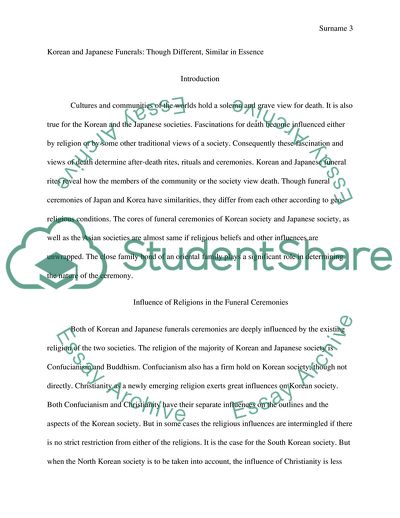Cite this document
(Korean and Japanese Funerals: Though Different, Similar in Essence Coursework, n.d.)
Korean and Japanese Funerals: Though Different, Similar in Essence Coursework. https://studentshare.org/culture/1718289-culture
Korean and Japanese Funerals: Though Different, Similar in Essence Coursework. https://studentshare.org/culture/1718289-culture
(Korean and Japanese Funerals: Though Different, Similar in Essence Coursework)
Korean and Japanese Funerals: Though Different, Similar in Essence Coursework. https://studentshare.org/culture/1718289-culture.
Korean and Japanese Funerals: Though Different, Similar in Essence Coursework. https://studentshare.org/culture/1718289-culture.
“Korean and Japanese Funerals: Though Different, Similar in Essence Coursework”. https://studentshare.org/culture/1718289-culture.


